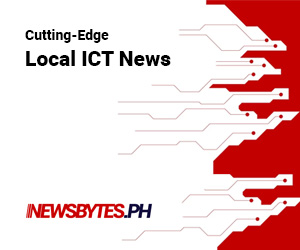The Road Board, which is funding a major road mapping project that aims to update the country?s road network, said it expects the P250-million initiative to be completed before the current year is out.

?We are looking at a target completion date in the last quarter of 2017,? said Ruby Socorro Romero, the project manager at the Road Board.
The mapping project, known as the Establishment of the Provincial and City Locational Referencing System and Conduct of Road Inventory Survey, was conceptualized and proposed by the Department of the Interior and Local Government (DILG) to the Road Board and subsequently funded by the latter in 2014.
The road mapping project seeks to help local government units through the Locational Referencing System (LRS) as road networks are considered the veins and arteries of any country.
The Philippines has a total road network of 79,706.37 kilometers ? a combination of 32,633.37 kilometers of national roads and 47,073 kilometers of provincial and city roads.
The mapping system uses a two-pronged approach. In one, actual teams pass through the roads and take surveys and pictures. This is carried out to gather a detailed information on sites where data cannot be automatically collected.
The second approach uses an automated system mounted on the vehicles. The automated system uses six vehicles that travel through the roads and take 360-degree photos every six meters.
?We thought in the beginning, the project would be easy and swift. However, during the actual progression of the project, we found out that it wasn?t that simple as there were a lot of challenges encountered in the course of accomplishing this project such as security concerns in the site, weather conditions and terrain of roads among others.? she added.
According to joint venture project manager, Virgilio Santos, LGU executives have responded positively about this. ?They were excited because they can finally have a robust road inventory? he said.
The Road Board is hoping that the completed road inventory would help the government, as well as the private sector who needs data about roads.
?LGUs will be able to know which road would be a priority for investment. They can identify which roads are in need of repair or rehabilitation, and for road construction. Then now have a very good tool which can be used to plan out how they can manage their local roads,? Romero said.
?The road inventory is a very important tool on road management as any management procedure starts with a good inventory,? Romero added.
Aside from having a robust road inventory, the Road Board is also hoping that the project could be used in disaster management and mitigation. Since the road mapping project is placed on a map, it can be overlaid on hazard maps of the Mines and Geosciences Bureau (MGB).
?At the same time, LGUs can identify alternative routes which can be taken to evacuate people living in areas or deliver relief goods in disaster-stricken locations,? Romero said.



